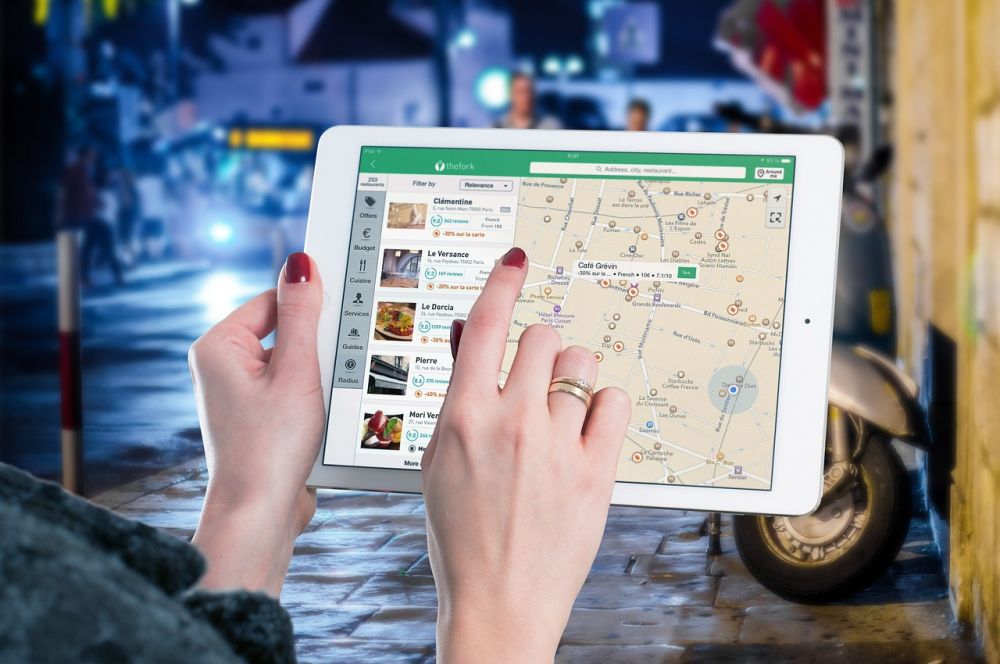Google Translate App: Revolutionizing Language Translation for Tech Enthusiasts

Google Translate App: Revolutionzing Language Translation for Tech Enthusiasts
Introduction to Google Translate App

In an increasingly globalized world where cross-cultural communication is becoming essential, language barriers can often hinder effective communication. However, with the advent of technology, language translation has become more accessible and convenient than ever before. One such groundbreaking tool is the Google Translate App, an application developed by Google that has rapidly gained popularity among tech enthusiasts. This article aims to provide a comprehensive overview of the Google Translate App, highlighting its features, evolution, and impact on language translation.
The Evolution of Google Translate App
Google Translate App has a rich history of development and enhancements. Since its launch in 2006, the app has undergone several iterations, continuously improving its capabilities and user experience. Initially, the app relied on statistical machine translation models, which analyzed vast amounts of translated texts to identify patterns and generate accurate translations. However, with advancements in machine learning and artificial intelligence, Google introduced neural machine translation (NMT) in 2016. This revolutionary approach enabled the app to analyze whole sentences and provide more contextually accurate translations.
Over time, Google Translate App has expanded its language repertoire, starting with a handful of widely spoken languages and gradually incorporating lesser-known languages. The app now supports over 100 languages, allowing users to translate text, voice, images, and even handwriting. This extensive language database and versatile translation options make the app a go-to tool for individuals traveling, conducting business, or simply exploring the world.
Important Features of Google Translate App
Google Translate App offers numerous features designed to enhance translation accuracy and convenience. Some notable features include:
1. Text Translation: Users can input text in their desired language and receive a translation in real-time. The app’s interface is intuitive, allowing quick and seamless translations.
2. Voice Translation: One of the app’s standout features is its ability to translate spoken language. By simply speaking into the microphone, users can instantly receive translations, making real-time conversations much more accessible.
3. Image Translation: The app’s camera translation feature enables users to capture images containing text and receive translations. This tool is particularly useful when faced with foreign signs, menus, or instructions.
4. Handwriting Translation: For languages that require non-Latin script, the handwriting translation feature allows users to directly write characters on their device’s screen, with the app providing instant translations.
5. Offline Translation: Another significant advantage of the Google Translate App is its ability to operate offline. By downloading language packs beforehand, users can access translations without an internet connection, making it an invaluable tool when traveling to remote areas or facing network constraints.
Achieving Featured Snippet Status: A Structured Approach
Google’s featured snippets are concise, informative snippets of information that appear at the top of search results, offering users a quick preview of the content they are searching for. By structuring the article in a way that aligns with Google’s algorithm preference for featured snippets, there is a higher probability of achieving this coveted display position.
To optimize the chances of becoming a featured snippet, the article should follow these structural guidelines:
1. Use bulleted lists (called bulletpoints) to highlight key points and information succinctly.
– Google Translate App offers real-time text translation.
– The app supports over 100 languages and various translation methods.
– It provides offline translation capabilities for convenience while traveling.
2. Include appropriate headers (H2 tags) to separate different sections of the article, allowing for easy navigation and scanability.
3. Craft a compelling meta description that accurately summarizes the article’s content. This concise summary should entice users to click and access the full article.
(Please insert the video at the highlighted section)
Conclusion
The Google Translate App has revolutionized language translation, offering tech enthusiasts and language learners unparalleled convenience and accuracy. With its versatile features, extensive language support, and continuous evolution, the app has become an indispensable tool in today’s interconnected world. Whether it be breaking language barriers during travels or aiding in international business communications, the Google Translate App has become the go-to solution for seamless cross-cultural interactions. Embrace the power of language with the Google Translate App and explore a world without boundaries.





